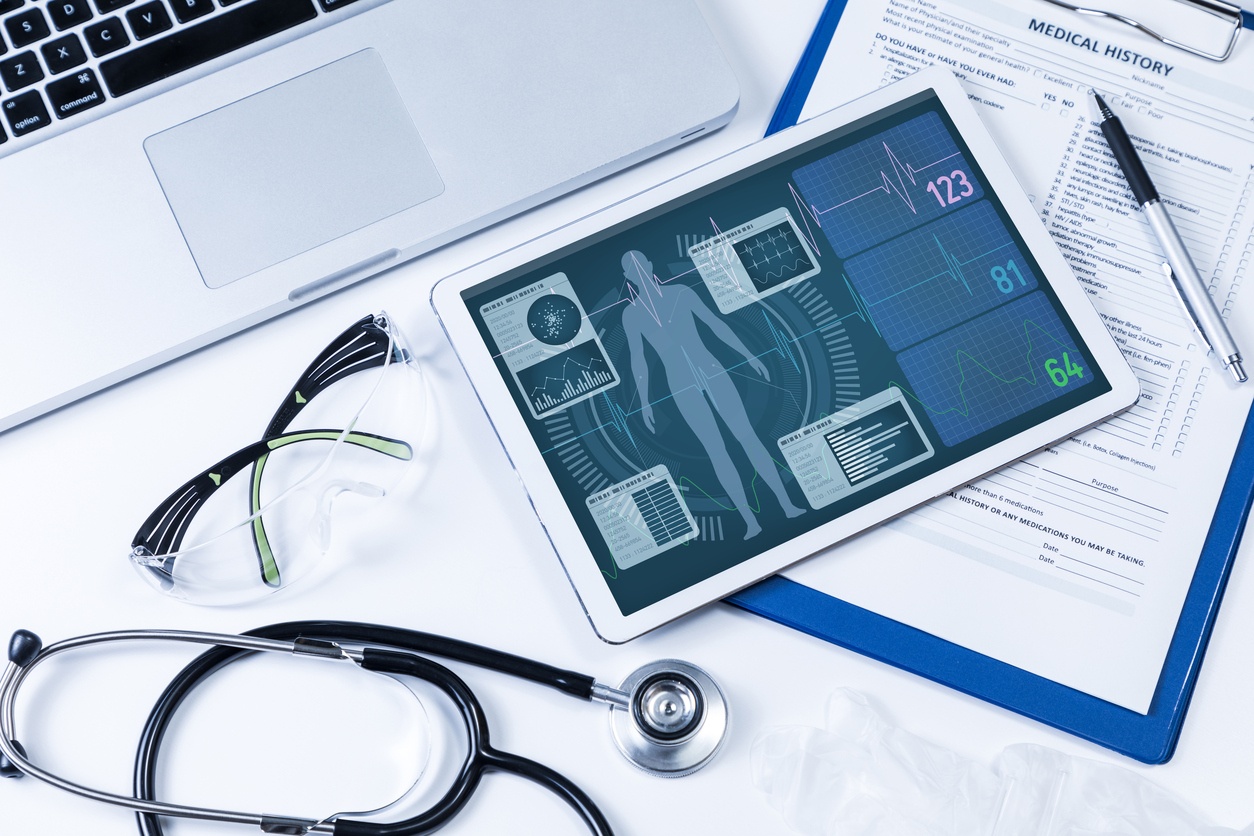How EHRs Can Help Improve Patient Recruitment and Enrollment Outcomes for Clinical Trials

Electronic health records have streamlined data collection for medical professionals across the industry – can they benefit clinical research as well?
As new technology transforms the clinical trial industry, research is becoming more efficient and less expensive. But we still have a long way to go – recent studies put the average cost of testing and approving a new drug between $3.7 and $12 billion. Patient recruitment during clinical trials makes up roughly 30% of this cost, in part because investigator sites must spend inordinate amounts of time on patient data collection, qualification, and organization processes.
Enter electronic health records (EHRs), which provide a centralized database of patient information that’s easily accessible by anybody invol ved with a clinical trial. Nearly 87% of office-based physicians have already put these records to use, but sponsors and CROs still need to catch up. By implementing EHR technologies, trials can greatly streamline and modernize clinical research while reducing costs along the way.
A Major Upgrade
EHRs offer immediate benefits to clinical trials when it comes to patient recruitment. Like any data source, EHRs can be securely mined for information on patients who might match trial criteria. A number of studies have shown that a huge percentage of patients with chronic and/or rare disease aren’t even aware that clinical trials are a viable treatment option. EHRs would help trials reach a greater number of potential patients and connect them with the appropriate clinical research opportunities.
Clinical trials can also use EHRs to conduct due diligence on patients after they’ve been through the pre-screening process. 40% of trials fail to meet recruitment goals, and that figure grows every time a patient drops out because they weren’t aware of or didn’t report a contraindication. However, EHRs can give trials access to pharmacy and insurance claim records, allowing sites to compare reported information to previous records. This eliminates errors and narrows down patient pools before trials sink too much money and time into a patient.
Lastly, EHRs greatly increase the speed and accuracy of data reporting. For example, auto-populating electronic case reporting forms can lead to a more intuitive experience patients and for professionals. In one study, EHRs were shown to reduce the time needed to report adverse effects from an average 35 minutes per report to a mere 60 seconds.
Looking Ahead to Connected Clinical Trials
Though EHRs can provide plenty of benefits to clinical trials in the short term, there are larger forces at work. Eventually, the industry should aim to standardize EHR formats in order to ensure data compatibility, dismantling data silos and allowing providers and researchers to communicate with each other. By doing this, we can create bridges between clinical research and care delivery, while strengthening recruitment pools for future studies.
For now, clinical trials can continue to push for improved EHR accessibility while embracing other successful methods for patient recruitment. Digital marketing on social and search platforms improves trials’ reach, connecting them with more interested patients who may qualify for a given study and allowing them to present their ads to the most interested users.

 Back to Blog Home
Back to Blog Home